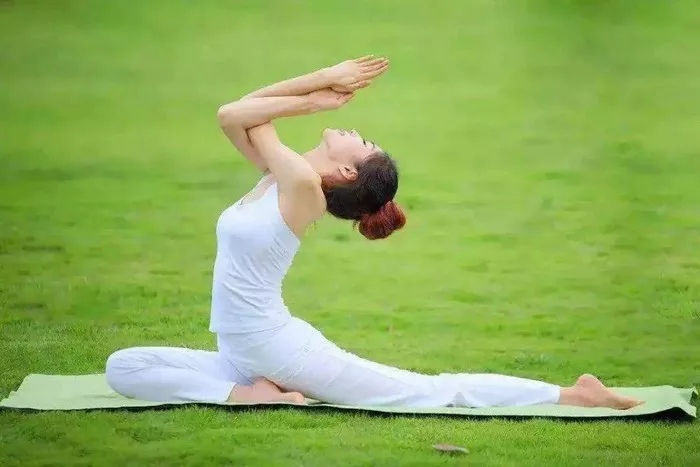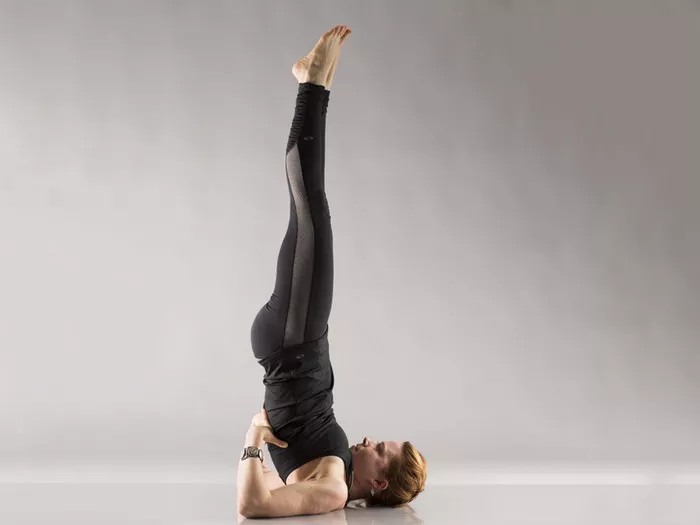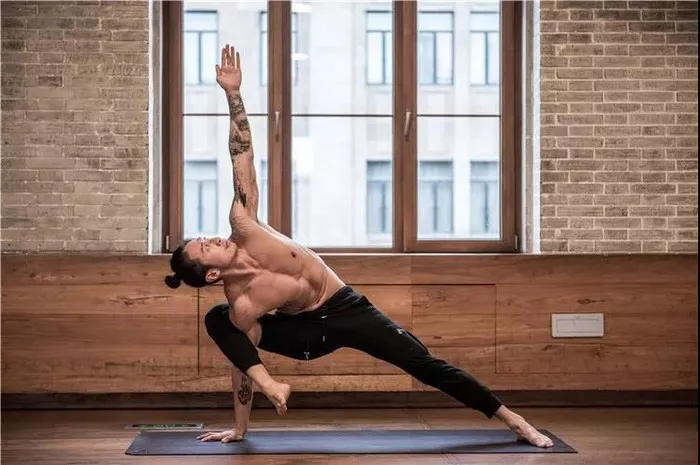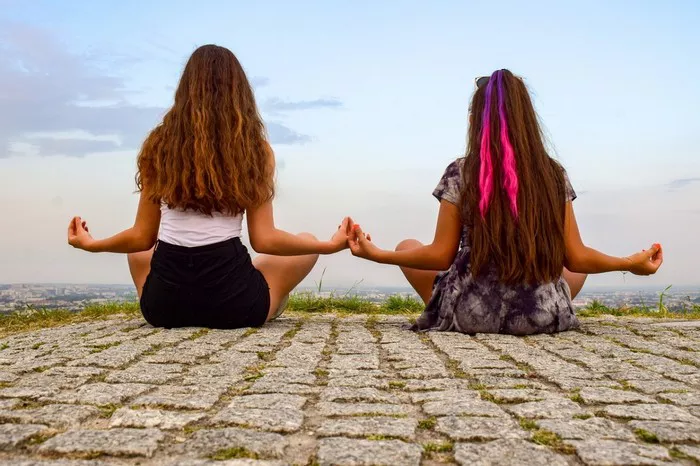Yoga, an ancient practice originating from the Indian subcontinent, encompasses a multitude of techniques aimed at achieving physical, mental, and spiritual well-being. Among these techniques, mudras hold a significant place. Mudras, meaning “seals” or “gestures” in Sanskrit, are symbolic hand positions often used in conjunction with meditation, breathing exercises, and asanas (physical postures). While yoga mudras are commonly associated with hand gestures, they can also involve the entire body, including facial expressions and even the eyes.
In the vast landscape of yoga, there exists a plethora of mudras, each with its unique symbolism, benefits, and applications. This article endeavors to explore the rich diversity of yoga mudras, delving into their origins, meanings, and practical usage in contemporary yoga practices.
Origins and Significance
The origins of yoga mudras can be traced back to ancient Indian scriptures, particularly the Vedas and the Upanishads, where these gestures were mentioned as powerful tools for spiritual and physical transformation. Over time, various schools of yoga, such as Hatha, Kundalini, and Tantra, further developed and systematized the practice of mudras, integrating them into their respective methodologies.
In yogic philosophy, the human body is seen as a microcosm of the universe, with each part representing different aspects of existence. Mudras are believed to harness the subtle energies within the body, known as prana or life force, and facilitate the flow of this energy to specific areas, thereby harmonizing the body-mind complex.
Furthermore, mudras are deeply rooted in symbolism, with each gesture representing specific qualities, elements, deities, or states of consciousness. For example, the Gyan mudra, formed by touching the tip of the thumb to the index finger while keeping the other fingers extended, symbolizes knowledge and wisdom, while the Anjali mudra, commonly used in greetings, represents reverence and gratitude.
Classification of Mudras
Yoga mudras can be classified into several categories based on their purpose and application. While the exact number of mudras may vary depending on the tradition and interpretation, they can generally be grouped as follows:
1. Hasta Mudras (Hand Mudras): These are the most common and widely practiced mudras, involving various hand gestures and finger positions. Examples include Chin mudra, Shuni mudra, and Prana mudra.
2. Mana Mudras (Head Mudras): These mudras involve the movement or positioning of the head, eyes, and facial muscles. Examples include Shanmukhi mudra and Khechari mudra.
3. Kaya Mudras (Postural Mudras): These mudras involve specific body postures or movements, often combined with breath control. Examples include Maha mudra and Mula bandha.
4. Adhara Mudras (Perineal Mudras): These mudras focus on the activation of energy centers located in the pelvic region. Examples include Ashwini mudra and Vajroli mudra.
5. Bandha Mudras (Lock Mudras): These mudras involve the contraction and release of specific muscles or energy channels to regulate the flow of prana. Examples include Uddiyana bandha and Mula bandha.
6. Mantra Mudras (Gesture Mudras): These mudras are performed in conjunction with the chanting of mantras or sacred sounds to enhance their efficacy. Examples include Chinmaya mudra and Brahma mudra.
7. Yantra Mudras (Symbolic Mudras): These mudras involve the visualization of geometric shapes or symbols to focus the mind and channel energy. Examples include Shri Yantra mudra and Mandala mudra.
Practical Applications
Yoga mudras are versatile tools that can be incorporated into various aspects of yoga practice, including asana, pranayama (breathing exercises), meditation, and mantra chanting. They can be practiced individually or in combination with other techniques to enhance their effects.
In asana practice, mudras can complement specific poses by intensifying their therapeutic benefits or facilitating a deeper sense of awareness. For instance, performing the Anjali mudra (prayer gesture) in Tadasana (Mountain Pose) can help cultivate a sense of grounding and connection with the divine.
In pranayama, mudras are often used to regulate the flow of breath and channel prana more efficiently. For example, combining the Vishnu mudra (alternate nostril breathing) with Nadi Shodhana pranayama can balance the subtle energy channels (nadis) and calm the mind.
During meditation, mudras serve as focal points for concentration, helping to quiet the fluctuations of the mind and deepen inner awareness. The Chin mudra (consciousness gesture), where the thumb and index finger touch while the other fingers remain extended, is commonly used during meditation to promote mental clarity and insight.
In mantra chanting, mudras can amplify the vibrational resonance of the sacred sounds, enhancing their potency and transformative effects. For instance, performing the Karana mudra (gesture of dissolution) while chanting the sacred syllable “Om” can facilitate a profound sense of unity and dissolution of ego boundaries.
Benefits of Yoga Mudras
The practice of yoga mudras offers a wide range of benefits for the practitioner, encompassing physical, mental, and spiritual dimensions. Some of the key benefits include:
1. Stress Reduction: Many mudras are specifically designed to calm the nervous system and induce a state of relaxation, making them effective tools for managing stress and anxiety.
2. Enhanced Concentration: By directing the flow of prana and focusing the mind, mudras can improve concentration and mental clarity, thereby enhancing cognitive function and productivity.
3. Balanced Energy: Mudras help to balance the subtle energy currents within the body, ensuring the smooth flow of prana and harmonizing the chakras (energy centers).
4. Emotional Stability: Certain mudras are known to influence the flow of emotions and promote emotional balance, helping practitioners cultivate equanimity and inner peace.
5. Spiritual Awakening: Through regular practice, mudras can deepen one’s spiritual connection and facilitate experiences of transcendence, leading to profound insights and awakening.
Conclusion
In conclusion, yoga mudras represent a vast and profound aspect of the yogic tradition, offering practitioners a diverse array of techniques for self-transformation and inner exploration. Whether used for physical health, mental well-being, or spiritual growth, mudras serve as powerful tools for harnessing the latent potentials within the human body and mind.
While the exact number of yoga mudras may remain a matter of debate, their significance and efficacy are undeniable. By incorporating mudras into their yoga practice, practitioners can unlock new dimensions of awareness, vitality, and wholeness, ultimately leading to a deeper understanding of the self and the universe.
FAQs:
Which yoga mudra is best?
The “Gyan Mudra” is considered one of the best yoga mudras. It’s formed by touching the tip of the thumb to the tip of the index finger, with the other three fingers extended gently. This mudra is believed to increase concentration, promote mental clarity, and enhance spiritual awareness.
Are mudras scientifically proven?
While there’s limited scientific research specifically on mudras, some studies suggest they may have benefits. Mudras are thought to work by stimulating specific areas of the body through subtle energy channels. Additionally, hand gestures like mudras have been linked to changes in brain activity and psychological states in some studies.
Which mudra is most powerful for the brain?
The “Shunya Mudra” is often considered the most powerful mudra for the brain. It’s formed by bringing the middle finger to the base of the thumb and applying gentle pressure, while keeping the other fingers extended. This mudra is believed to reduce stress, improve mental clarity, and enhance concentration.
Which mudra can be done daily?
The “Prana Mudra” is a simple mudra that can be practiced daily. It’s formed by touching the tips of the ring finger and little finger to the tip of the thumb, while keeping the other fingers extended. This mudra is thought to increase vitality, boost the immune system, and improve overall energy levels. Practice it for about 15-30 minutes daily for best results.
























